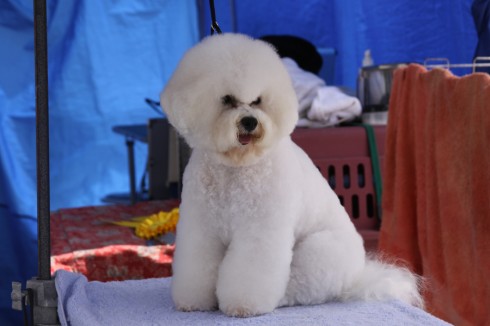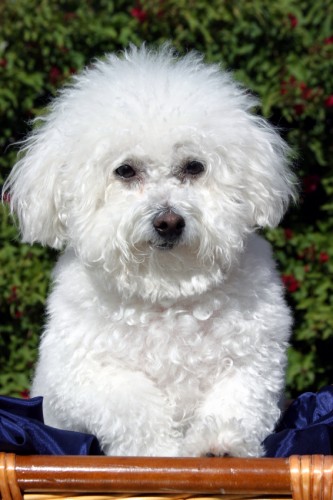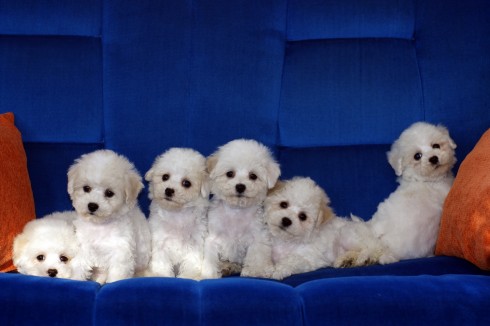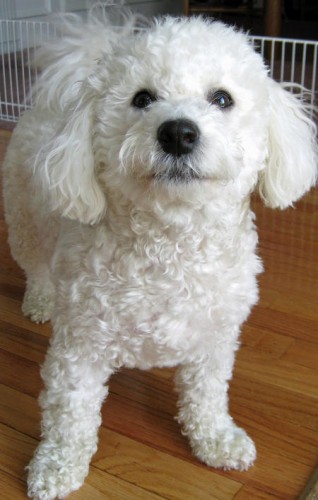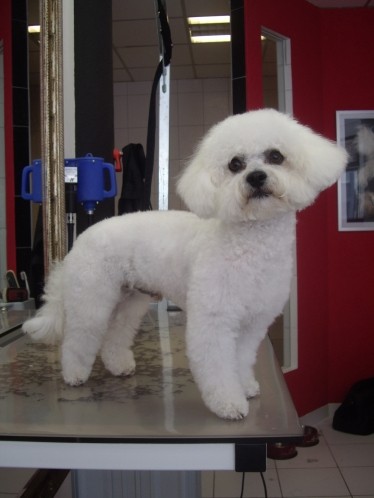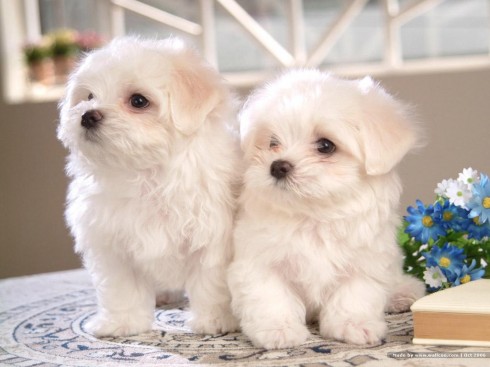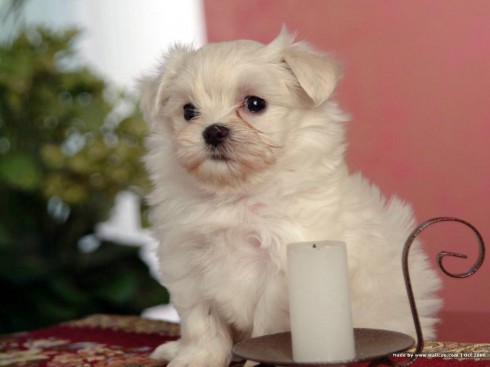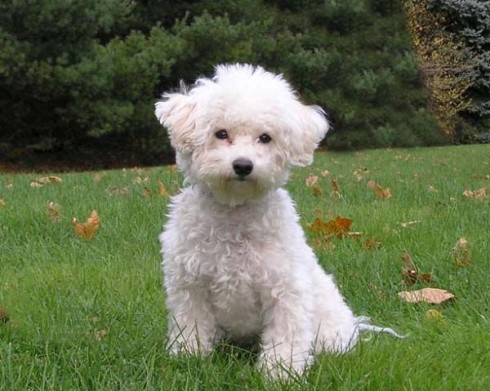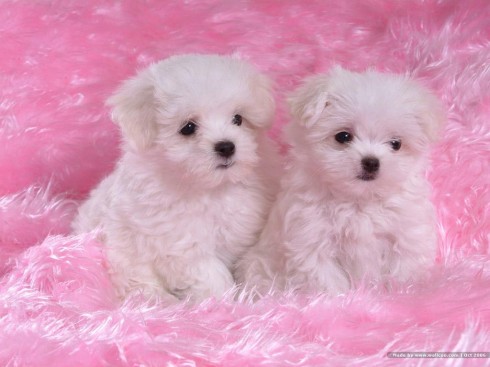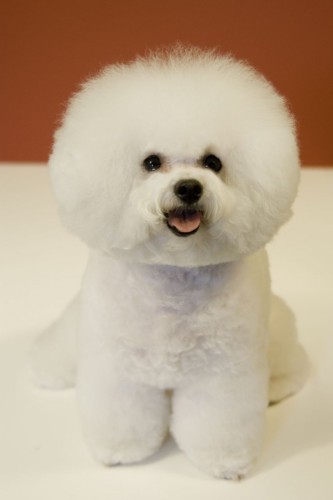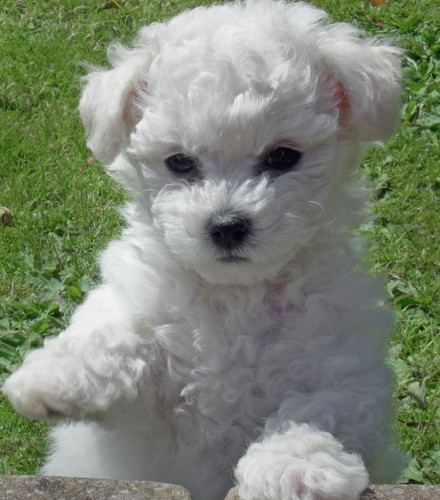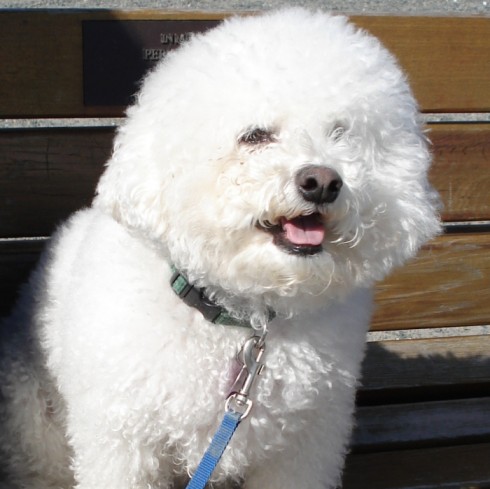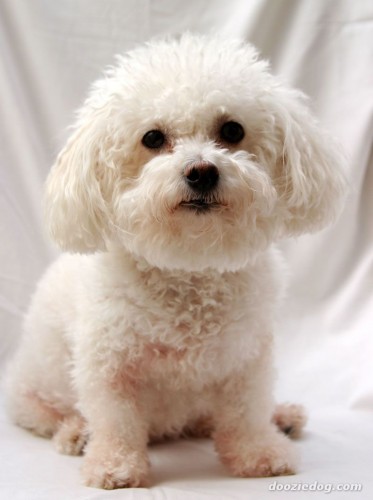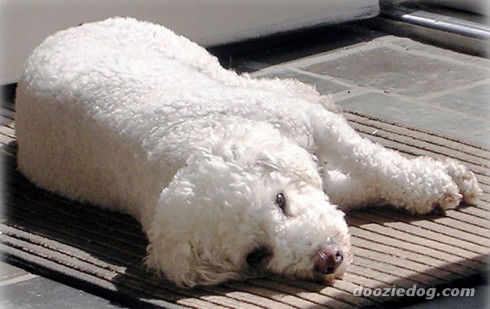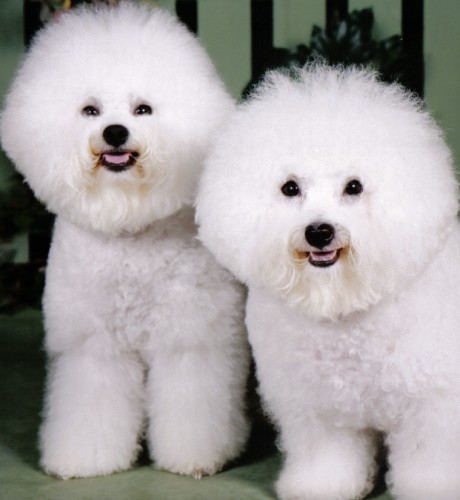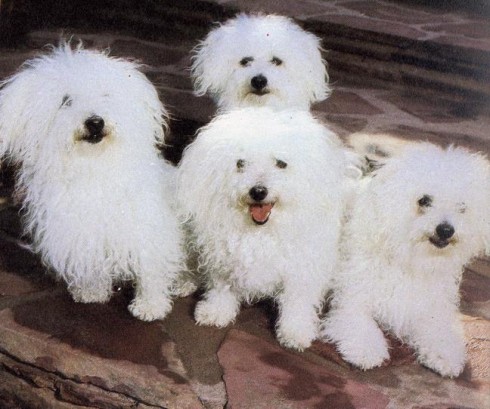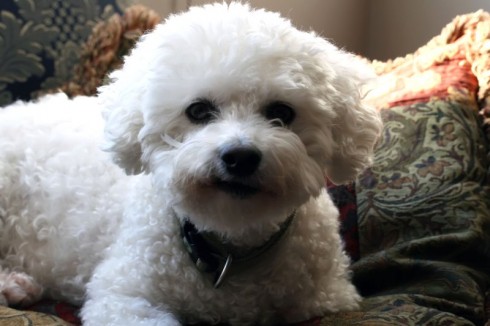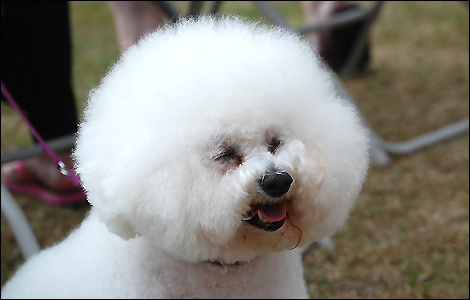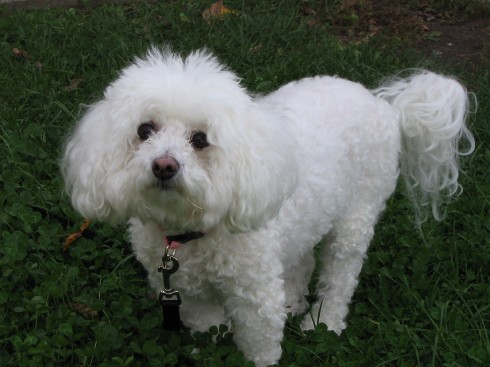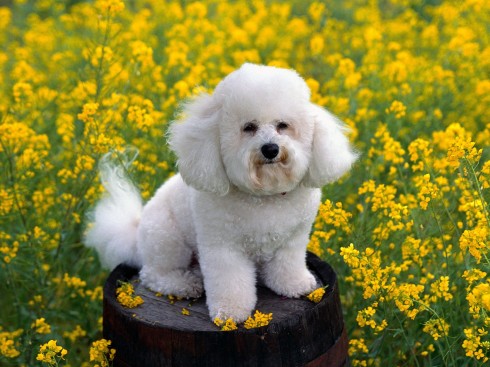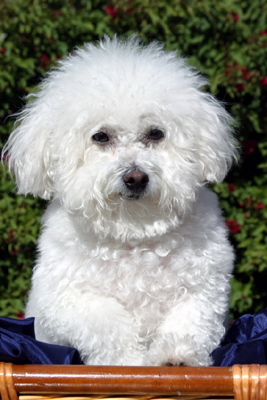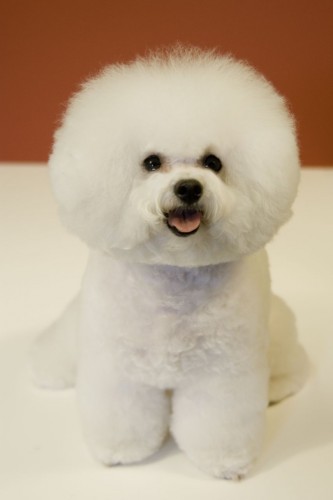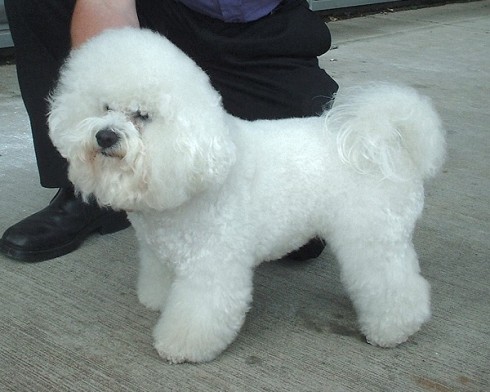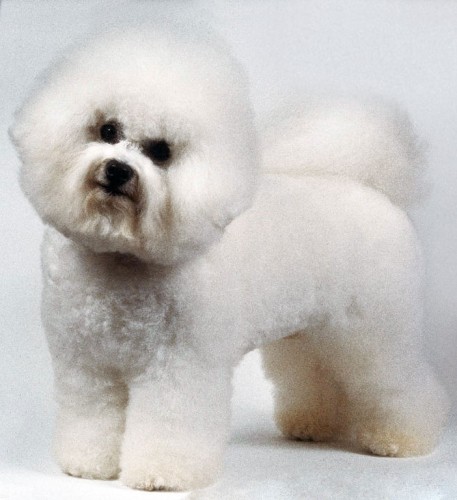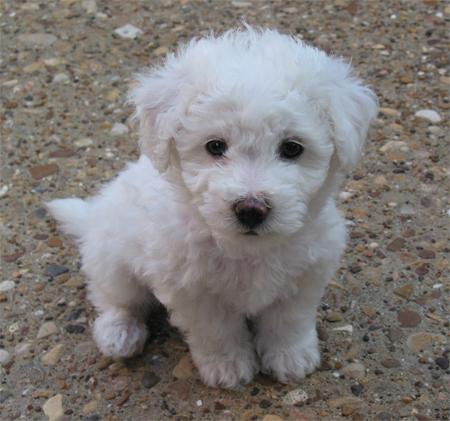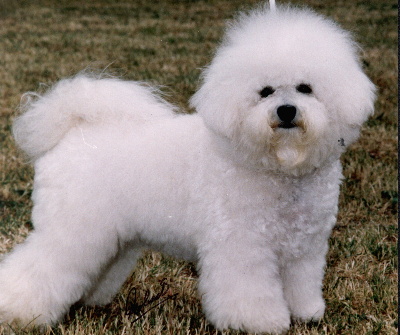Main Index
In Store
Our Web Store
Miniature Schnauzer Picture Gallery
Latest Dog Blogs
- What Are The Basic Commands To Train A Dog?
- PaySafe As The Most Popular Type Of Deposit
- Everything You Need To Know About Pet Sales
- Dogs Contribute To Our Physical And Mental Well Being
- How To Choose Where To Bet On Greyhounds In 2022
- Volunteer With Animals - How To Help Dogs Around The World
- Basic Understanding Of The House Edge
- Why You Should Get A Dog
- Top 20 Popular Dog Names Around The World
- Constipation in Dogs and How to Find Solutions
Bichon Frisè
Bichon Frisè Clubs/Associations
The Full Bichon Frisè Description
This cheerful little dog looks like a gentle puffball, but is healthy and sturdy enough for play and exercise. Bichons get along with just about everyone, including strangers and other animals. They are active, alert, and curious. They are also highly trainable with gentle handling.
Did you know?
The Bichon Frisè originated in the Mediterranean area.
On October 18, 1934, the Bichon Frisè was admitted to the stud book of the French Kennel Club.
You can find Bichons Frisè in several of the paintings by the Spanish painter Goya.
So you want to own a Bichon Frisè?
The Bichon Frisè's name translates to mean, "Curly Lap Dog." He is a tough and healthy dog who was bred to be a lap dog for French Royalty, but during the French Revolution, became street dogs, and only the toughest survived.
To keep the Bichon's coat healthy you must brush it frequently.
A cheerful attitude is the hallmark of the breed
Indicative Breed Standard
General Appearance
Well balanced dog of smart appearance, closely coated with handsome plume carried over the back. Natural white coat curling loosely. Head carriage proud and high.
Characteristics
Gay, happy, lively little dog.
Head and Skull
Ratio of muzzle length to skull length 3 : 5. On a head of the correct width and length, lines drawn between the outer corners of the eyes and nose will create a near equilateral triangle. Whole head in balance with body. Muzzle not thick, heavy nor snipey. Cheeks flat, not very strongly muscled. Stop moderate but definite, hollow between eyebrows just visible. Skull slightly rounded, not coarse, with hair accentuating rounded appearance. Nose large, round, black, soft and shiny.
Eyes
Dark, round with black eye rims, surrounded by dark haloes, consisting of well pigmented skin. Forward-looking, fairly large but not almond-shaped, neither obliquely set nor protruding. Showing no white when looking forward. Alert, full of expression.
Ears
Hanging close to head, well covered with flowing hair longer than leathers, set on slightly higher than eye level and rather forward on skull. Carried forward when dog alert, forward edge touching skull. Leather reaching approximately half-way along muzzle.
Mouth
Jaws strong, with a perfect, regular and complete scissor bite, i.e. upper teeth closely overlapping lower teeth and set square to the jaws. Full dentition desirable. Lips fine, fairly tight and completely black.
Neck
Arched neck fairly long, about one-third the length of body. Carried high and proudly. Round and slim near head, gradually broadening to fit smoothly into shoulders.
Forequarters
Shoulders oblique, not prominent, equal in length to upper arm. Upper arm fits close to body. Legs straight, perpendicular, when seen from front; not too finely boned. Pasterns short and straight viewed from front, very slightly sloping viewed from side.
Body
Forechest well developed, deep brisket. Ribs well sprung, floating ribs not terminating abruptly. Loin broad, well muscled, slightly arched and well tucked up. Pelvis broad, croup slightly rounded. Length from withers to tailset should equal height from withers to ground.
Hindquarters
Thighs broad and well rounded. Stifles well bent; hocks well angulated and metatarsals perpendicular.
Feet
Tight, rounded and well knuckled up. Pads black. Nails preferably black.
Tail
Normally carried raised and curved gracefully over the back but not tightly curled. Never docked. Carried in line with backbone, only hair touching back; tail itself not in contact. Set on level with topline, neither too high nor too low. Corkscrew tail undesirable.
Gait/Movement
Balanced and effortless with an easy reach and drive maintaining a steady and level topline. Legs moving straight along line of travel, with hind pads showing.
Coat
Fine, silky with soft corkscrew curls. Neither flat nor corded, and measuring 7-10 cms (3-4 ins) in length. The dog may be presented untrimmed or have muzzle and feet slightly tidied up.
Colour
White, but cream or apricot markings acceptable up to 18 months. Under white coat, dark pigment desirable. Black, blue or beige markings often found on skin.
Size
Ideal height 23-28 cms (9-11 ins) at withers.
About Our Article Directory
- Article
- 27 November 2010
- 2 comments
Canis lupus familiaris
- Breed Article
- 29 May 2010
- No comments
White Dog Shaker Syndrome
- Article
- 31 January 2010
- No comments
Quick Search
Donate
Latest Dog Pods
- Tips on How to Stop Your Dog from Biting
- Beware - Not All Advertised Dog Rescues Really Are! How Can You Know The Truth?
- Helpful Tips For Dog Obedience Problems
- How to Keep Dogs From Eating Poop
- Dog Grooming Tips - A General Overview of the Very Basics of Dog Grooming
- Recognising Different Types of Dog Obedience Problems
- 5 Important Tips On Feeding A Puppy


